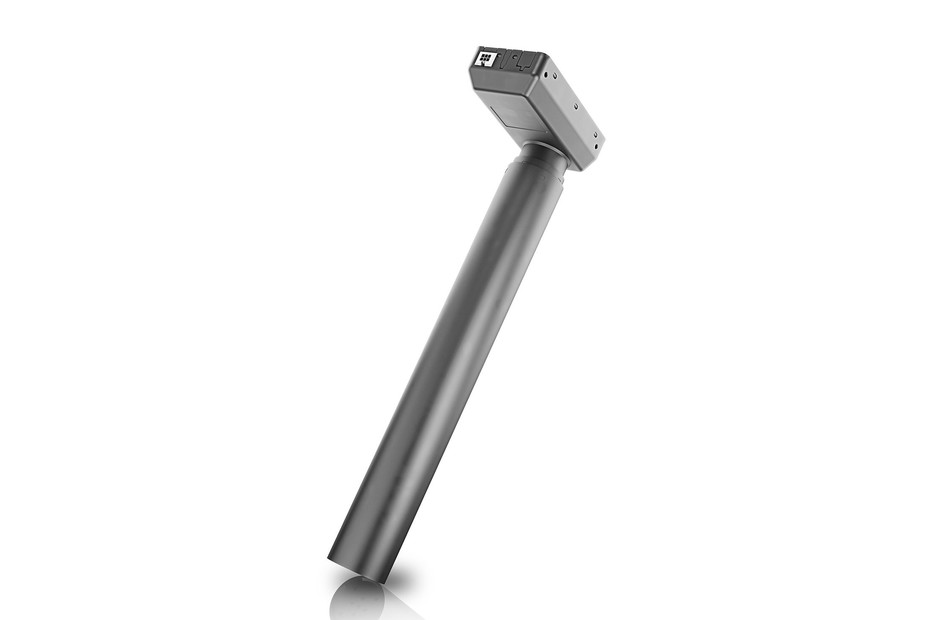
how strong is a lifting column?
January 21, 2022
Sascha Rissel
An electric lifting column is generally very strong and has a lot of power. Individually operated standard lifting columns have sufficient lifting power to lift weights of 50 kg to 100 kg, for example. Even miniature lifting columns (mini lifting columns) have sufficient power despite their small size and can lift weights of up to 80 kg and higher electrically. In synchronised operation, lifting columns often lift a multiple of the individual weight load limit (several lifting columns are then operated at once with a synchronised control). The force is added up for each additional lifting column.
What
are
lifting columns that can lift a lot of weight called?
Such heavy-duty lifting columns can lift up to 400 kg individually and up to 800 kg in dual use (2 synchronised heavy-duty lifting columns). Very large heavy-duty lifting columns even have enough power to move several tonnes. However, such powerful lifting columns are more commonly used in industry to lift very large loads such as lorry engines into the lorry body (this process is called marriage).
Where does the lifting column get its force from?
The lifting column receives its lifting force from several component properties. Firstly, the lifting column receives the lifting force (compressive force) from the electric geared motor and its gear ratio, and secondly, the lifting column receives the force from the pitch of the spindle driven by the electric motor. The spindle is a stable steel shaft on which there is a type of thread, similar to a screw (threaded spindles are typical CNC turned components). This thread, also known as a profile, has a certain pitch. The pitch determines the running speed that a driver resting on it experiences during rotation. By reversing the direction of rotation, the driver moves up and down on the spindle. The driver can also be a tube that surrounds the spindle.
So far we have discussed 3 areas from which the lifting column receives the force. However, it can be said in advance that the threaded spindle has the largest share of the lifting force.
How high is the self-holding force of an electric telescopic lifting column?
The spindle is also responsible for the lifting column's self-holding force. If an electric telescopic lifting column has a very steep spindle pitch, the self-holding force is significantly reduced. The gearbox of the electric geared motor, which drives the spindle, also has an inhibition or self-holding force. However, the self-holding force of the geared motor is not as relevant as the self-locking of the spindle. Nevertheless, the self-locking force of the gearbox helps to support the overall system self-locking force. Lifting columns with a lot of force therefore have a high self-locking force of at least the lifting weight (load weight) due to the very flat spindle.
How high is the lateral load capacity (shear load) of a lifting column?
Depending on the material thickness of the lifting column housing, the lifting column can bear more or less lateral load. If the lifting column has a thick material thickness (5-10 mm wall thickness) and the individual column elements (profiles) have a correspondingly large overlap (profile-column area that remains in the next larger outer column), then you can assume that the lifting column will bear the lateral shear forces when loaded with weight (rated capacity) and will not bend. Please refer to the technical data specified by the lifting column manufacturer. There you can see the maximum weight the lifting column can bear. The specifications are often given in N (Newton) or kg. However, please note that the load specifications must always be in the vertical direction. It is not possible to install a lifting column at an angle, as other static forces occur here which severely restrict the service life of the lifting column.
What is the safety factor of a lifting column?
Each lifting column has been given a safety factor by the manufacturer. This is often 1.5 - 2, which means that in the event of a specific, unforeseen incident, the lifting column can withstand several times the nominal load in the short term. The safety factor must always be observed. Do not overload the lifting column, otherwise serious damage or even personal injury may occur. Always use the lifting column as specified by the manufacturer in the technical data. Do not change these. If you want to lift more weight, please use a stronger lifting column or use 2 lifting columns in synchronised operation.




